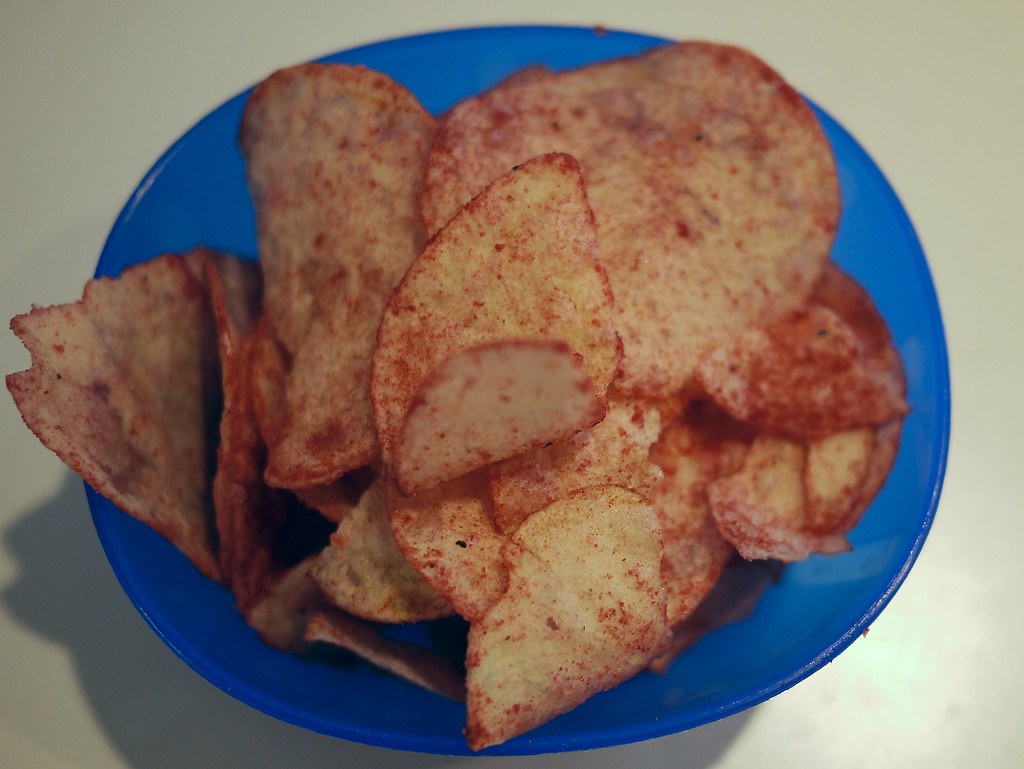The Cherry Blossom was a Canadian confection manufactured continuously from the late 19th century until 2025. The candy, which was sold individually in a canary-yellow box, was classified as a cherry cordial, a candied cherry covered in chocolate. The Cherry Blossom itself was composed of a maraschino cherry and cherry syrup coated in milk chocolate mixed with coconut and peanuts. While the candy had been described as a “cherished treat,” Canadian consumers had mixed opinions about the candy, with some describing a “love-hate” relationship with it. When Hershey’s announced that the candy would be discontinued in 2025, many Canadians reflected on their nostalgic appreciation for the candy, and some people attempted to buy as many as possible.
/Cherryblossom.jpg)
History
The Cherry Blossom was originally conceived of by the Walter M. Lowney Company. The company was established in Boston, Massachusetts in 1883 and named after its founder. In its early days, the Lowney company manufactured a variety of confections, as well as memorabilia and a cookbook. By the mid-1890s the company had established a presence in Canada, and in 1905 it opened a factory in Montreal’s Griffintown neighbourhood. Production was later moved to Sherbrooke, Quebec. The Lowney company became part of the Standard Brands conglomerate in 1968 and was eventually sold to Hershey of Canada in the 1980s. Canadian production of the Cherry Blossom ended in 2008 when Hershey Canada closed its factories in Smiths Falls, Ontario.
Decline
Though originally created by an American company, the Cherry Blossom was produced in Canada for about 118 years. The end of Canadian production in 2008 severed an important link between the candy and the country where it was sold. When the Cherry Blossom was discontinued in 2025, academics noted that the confectionery business had grown more competitive in recent years. Jordan Lebel, a professor of food marketing at Concordia University's John Molson School of Business, told the CBC that new technologies allowed confectioners to create complex products with unique flavour profiles, citing chocolates containing sea salt-infused caramel as an example. Lebel argued that candies such as the Cherry Blossom—which had essentially been the same for well over a century—were ill-suited to adapt to the changing tastes of consumers.
Essentially, what made the Cherry Blossom a success may also have contributed to its failure. Anecdotal evidence reported by journalists covering the discontinuation of the Cherry Blossom suggested that the candy had its supporters and loyal consumers, but that the product was no longer selling in sufficient numbers to be viable.
Did you know?
Many Canadian consumers have long thought that the gooey cherry-flavoured liquid inside the Cherry Blossom candy was injected after they were confected. In reality, the candies are created with invertase, an enzyme also called “inverted sugar syrup,” which has been used by confectioners since the early 20th century. Invertase is added to fondant candy fillings to give them a liquid centre.
Cultural Icon
Cherry Blossom Boxes
Cherry Blossom boxes on display, 17 January 2025. The Cherry Blossom candy was sold individually in a canary-yellow box.
(courtesy Andrew Francis Wallace/Toronto Star via Getty Images)
When the Cherry Blossom was discontinued in 2025, Hershey described the candy as a “cherished treat” and as a “Canadian confectionery icon.” For many years the Cherry Blossom was sold individually wrapped in foil and packaged in a distinct canary-yellow box. This packaging was unique amongst mass-produced consumer candies, particularly chocolate bars, which are often manufactured in standard lengths and sold in soft plastic wrappers that conform to their shape. In some cases, because of the Cherry Blossom’s unique packaging, some store owners would place them apart from the display cases where standardized boxes of chocolate bars were kept, emphasizing the Cherry Blossom’s uniqueness as a candy. The design, shape and graphic of the Cherry Blossom box remained unchanged in Canada for several decades.
Many Canadians of a certain age remember a psychedelic animated Cherry Blossom advertisement that ran in the 1970s featuring a flying mouth that kissed and ate a Cherry Blossom. The commercial’s animation was illustrated by Canadian-American artist Henry Fernandes, who had also created animations for the popular children’s programs The Electric Company and Sesame Street.
The iconic yellow Cherry Blossom box is itself so recognizable that it has become an icon of Canadian pop art. Both Newfoundland-based artist Kate Fudge and Quebec-based artist Chloé Lalancette have painted or illustrated homages to the Cherry Blossom.

 Share on Facebook
Share on Facebook Share on X
Share on X Share by Email
Share by Email Share on Google Classroom
Share on Google Classroom






